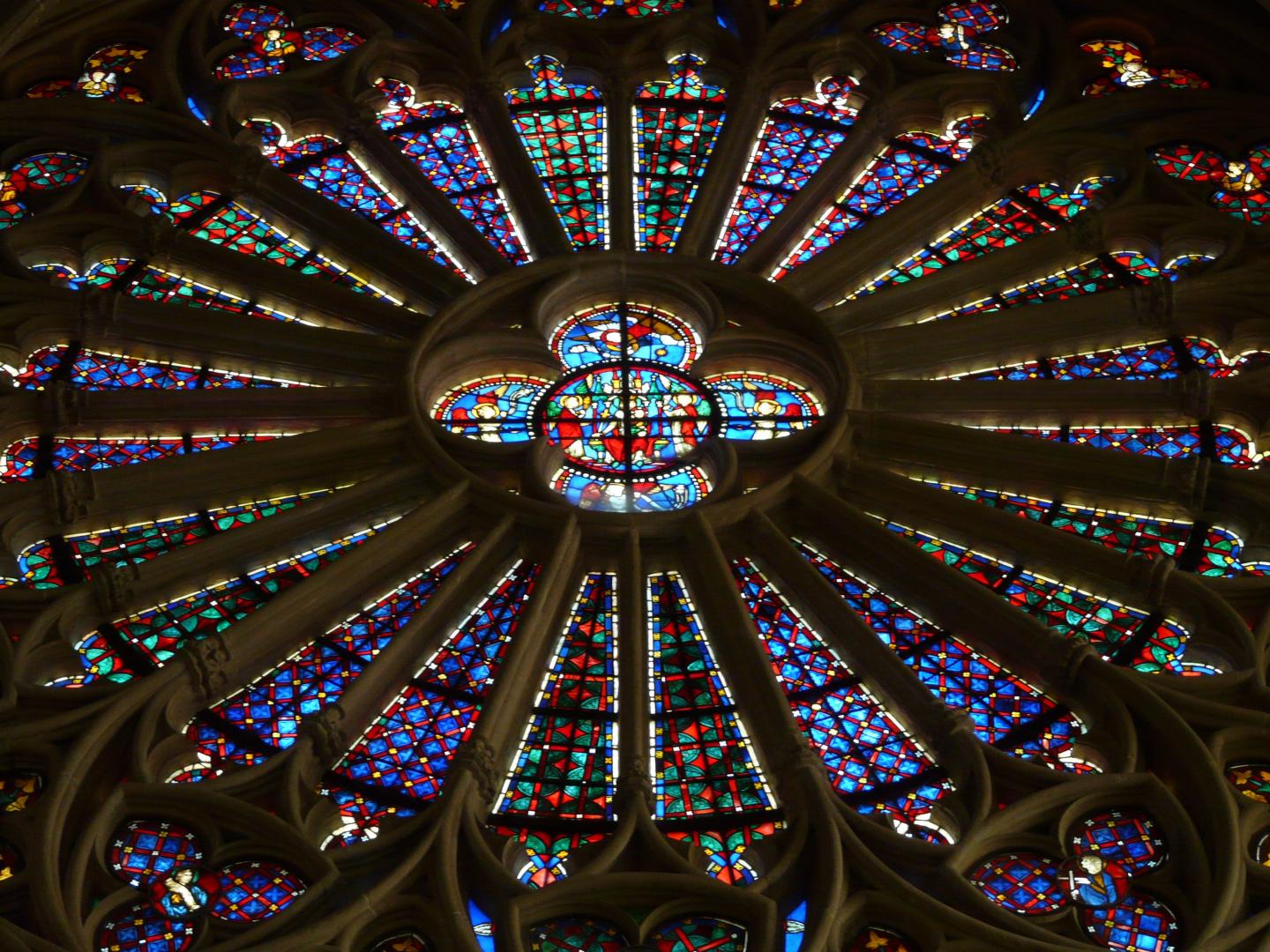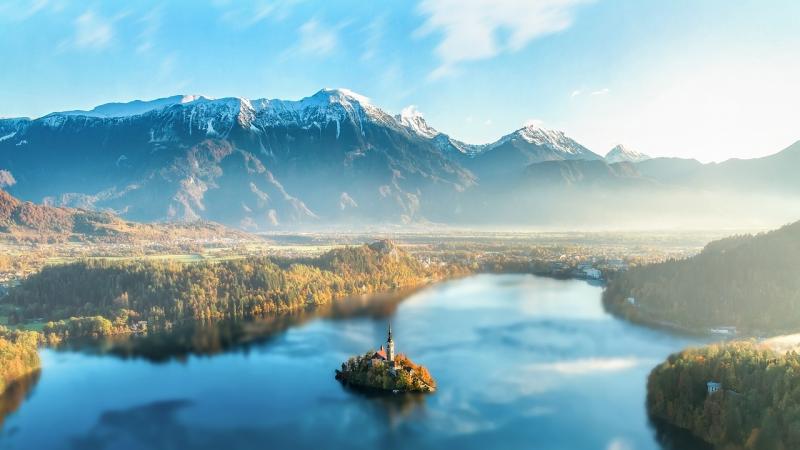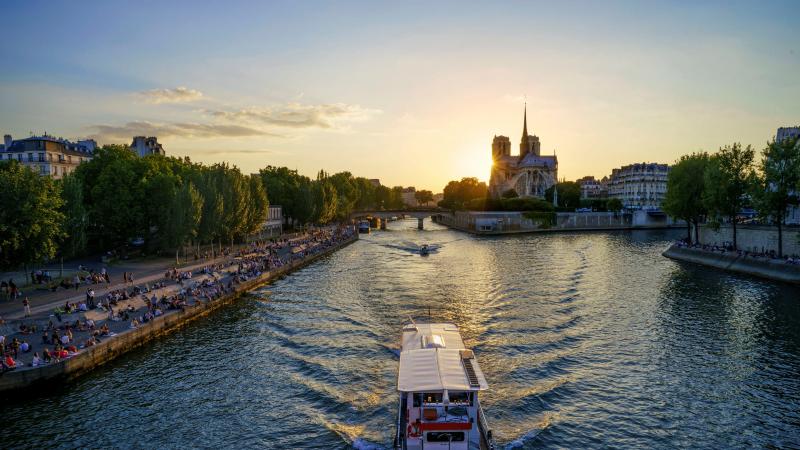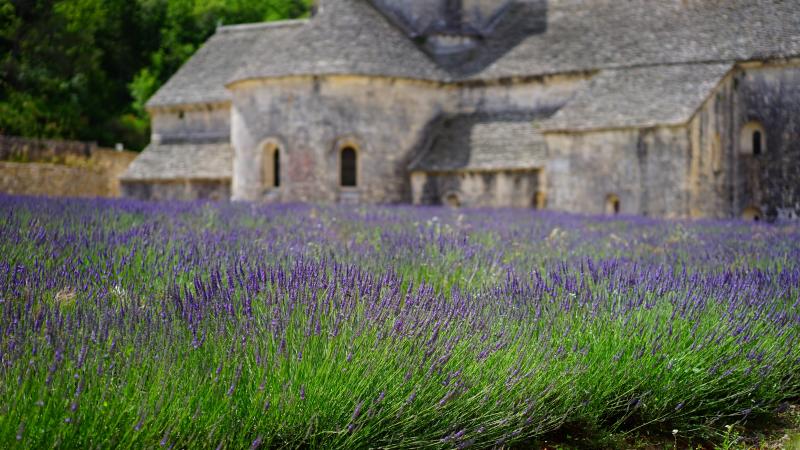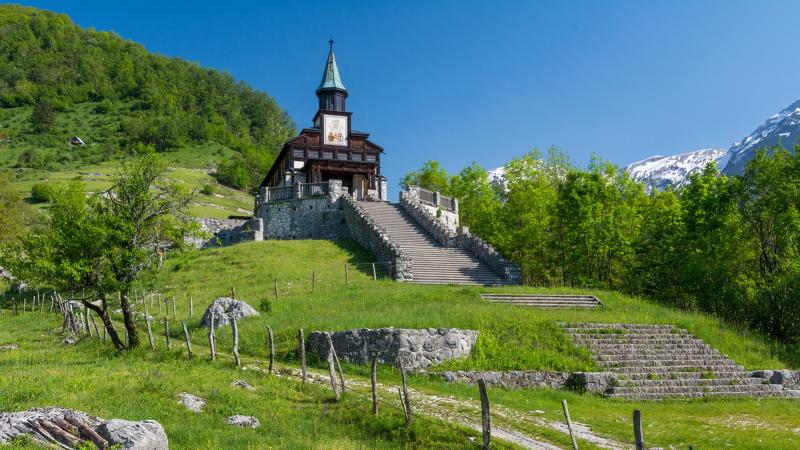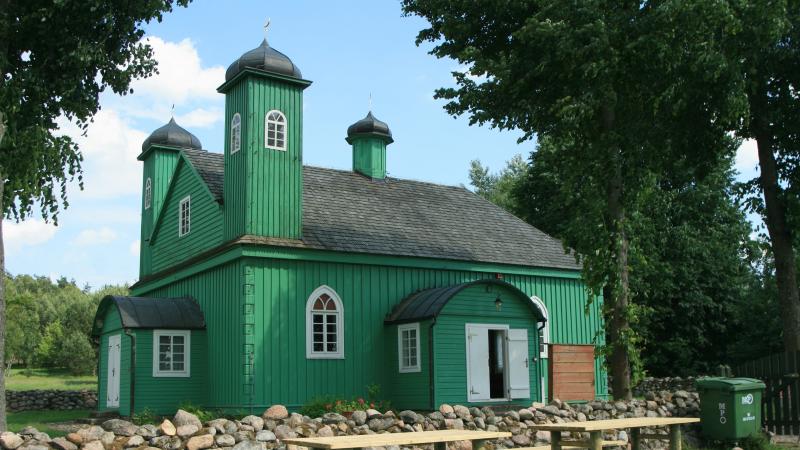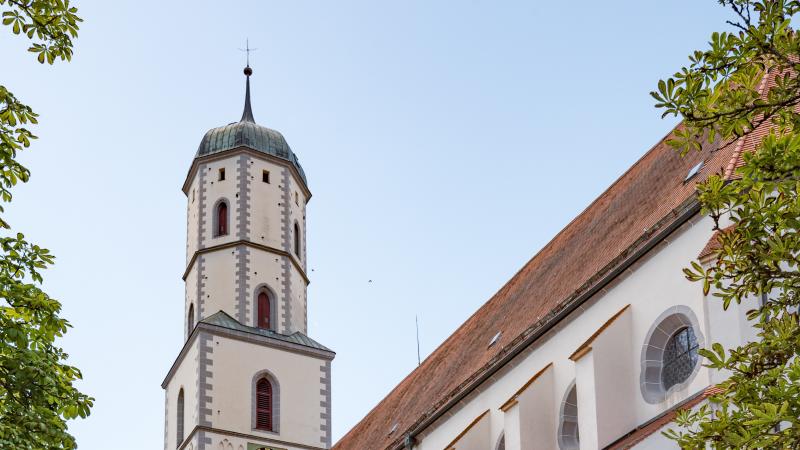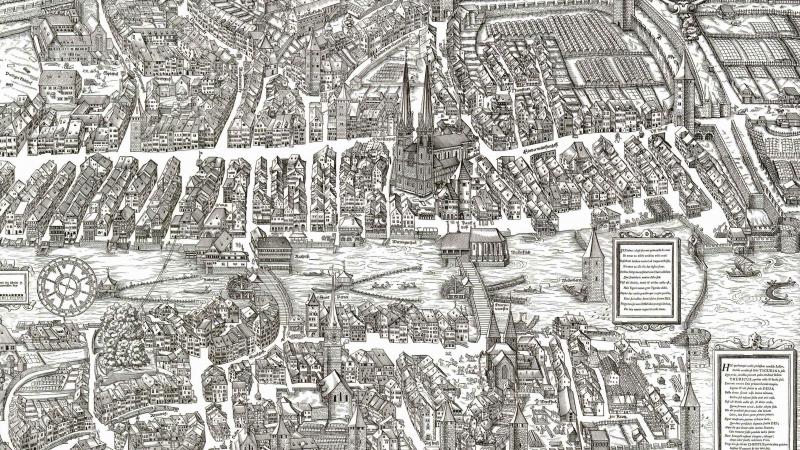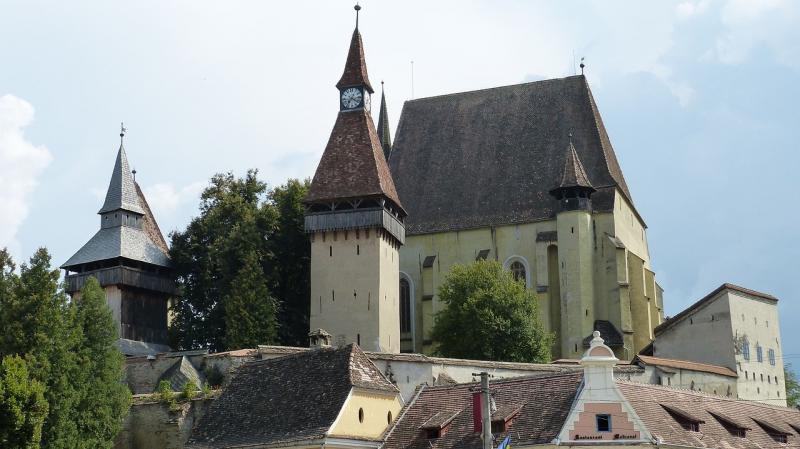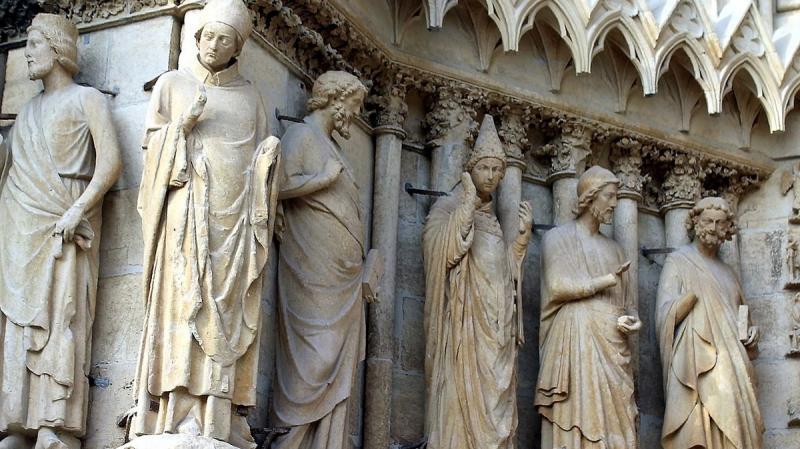6 buildings
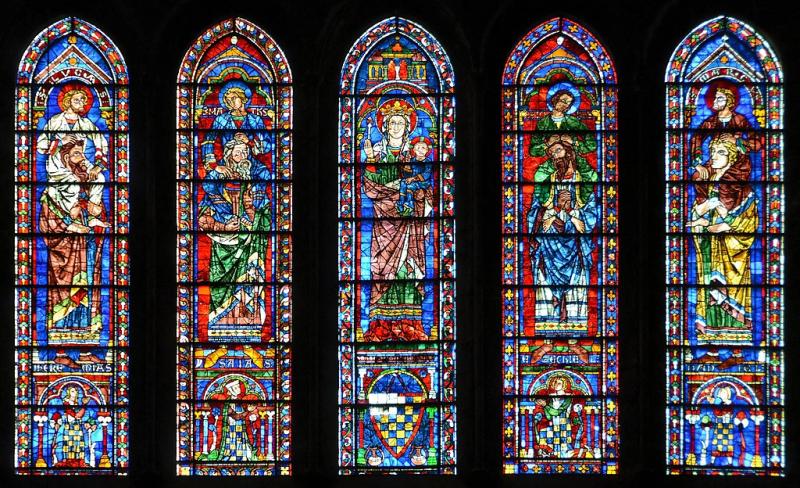
Europe’s most beautiful stained-glass windows
Stained glass is a fine art that has decorated sacred buildings since the Middle Ages, creating a captivating scene of light and colour to which it is difficult to remain indifferent. Those who pay enough attention will discover the story and mysteries of Christianity written in them. Check out this list of European stained-glass masterpieces which will take your breath away.
